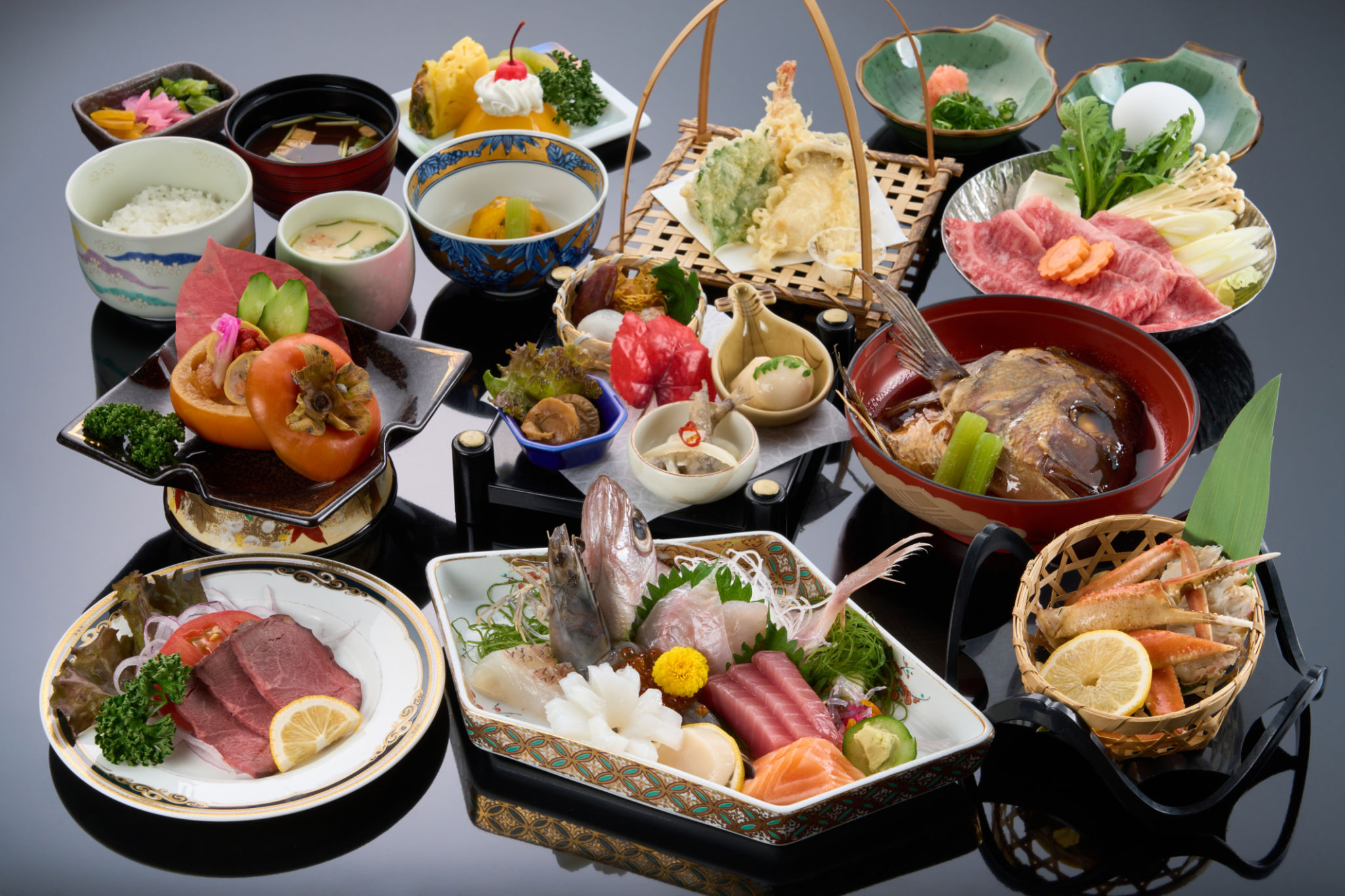Japanese vs. Khmer Cuisine: What Sets Japanese Meals Apart in Siem Reap?
Introduction to Japanese and Khmer Cuisine
Siem Reap, a popular tourist destination in Cambodia, is known for its rich cultural heritage and increasingly diverse culinary scene. While Khmer cuisine is the traditional choice for many locals, Japanese cuisine has been making its mark in recent years. Understanding the differences between these two culinary traditions can enhance your dining experience in this vibrant city.

Flavors and Ingredients
Khmer cuisine is renowned for its bold flavors, utilizing a variety of herbs and spices to create dishes that are both aromatic and flavorful. Common ingredients include lemongrass, kaffir lime leaves, and fermented fish paste, which contribute to the distinctive taste of Cambodian dishes. In contrast, Japanese cuisine emphasizes subtlety and balance, focusing on the natural flavors of fresh ingredients like seafood, rice, and vegetables.
One hallmark of Japanese cooking is the use of umami-rich ingredients such as soy sauce, miso, and seaweed, which add depth to their dishes. Khmer meals often incorporate sweetness and sourness alongside spicy elements, offering a more robust flavor profile. This fundamental difference sets the two cuisines apart in terms of taste and ingredient use.
Cooking Techniques
The cooking techniques employed in Japanese and Khmer cuisines also differ significantly. Traditional Khmer cooking often involves grilling, stir-frying, and steaming to create dishes that are both hearty and satisfying. Soups and curries are staple items in Khmer meals, showcasing the versatility of their culinary methods.

Japanese cuisine is characterized by its precision and artistry. Techniques such as sushi rolling, tempura frying, and sashimi slicing require skill and attention to detail. Japanese chefs often emphasize presentation, ensuring that each dish is aesthetically pleasing as well as delicious. This focus on technique contributes to the unique dining experience that Japanese cuisine offers in Siem Reap.
Dining Etiquette
When dining in Siem Reap, understanding the etiquette associated with each cuisine can enhance your experience. In Khmer dining culture, meals are typically served family-style, with dishes shared among all diners. It is customary to eat rice with every meal, and meals are often accompanied by a variety of side dishes.
Japanese dining etiquette places importance on individual servings, particularly with sushi and sashimi. It is polite to use chopsticks properly and refrain from passing food directly from chopstick to chopstick. Additionally, slurping noodles is considered a compliment to the chef in Japanese culture, indicating that you are enjoying the meal.

Fusion Cuisine in Siem Reap
As Japanese cuisine gains popularity in Siem Reap, fusion dishes blending elements from both culinary traditions have emerged. Innovative chefs are experimenting with combining flavors and techniques from Japanese and Khmer cuisines to create unique dining experiences. This fusion not only highlights the strengths of each cuisine but also introduces new taste profiles for adventurous diners.
From sushi rolls incorporating Cambodian herbs to Khmer-style grilled fish with a Japanese twist, these fusion dishes are becoming favorites among locals and tourists alike. Exploring these offerings is a great way to appreciate the creativity of Siem Reap's dynamic food scene.
Conclusion: Choosing Between Two Culinary Worlds
Ultimately, whether you prefer the bold flavors of Khmer cuisine or the refined subtleties of Japanese dishes, Siem Reap offers an abundance of culinary delights to satisfy any palate. By understanding the distinctions between these two rich culinary traditions, you can make informed choices that enhance your dining experiences in this captivating city. Whether indulging in traditional meals or exploring fusion creations, Siem Reap's diverse food scene promises a memorable gastronomic journey.
